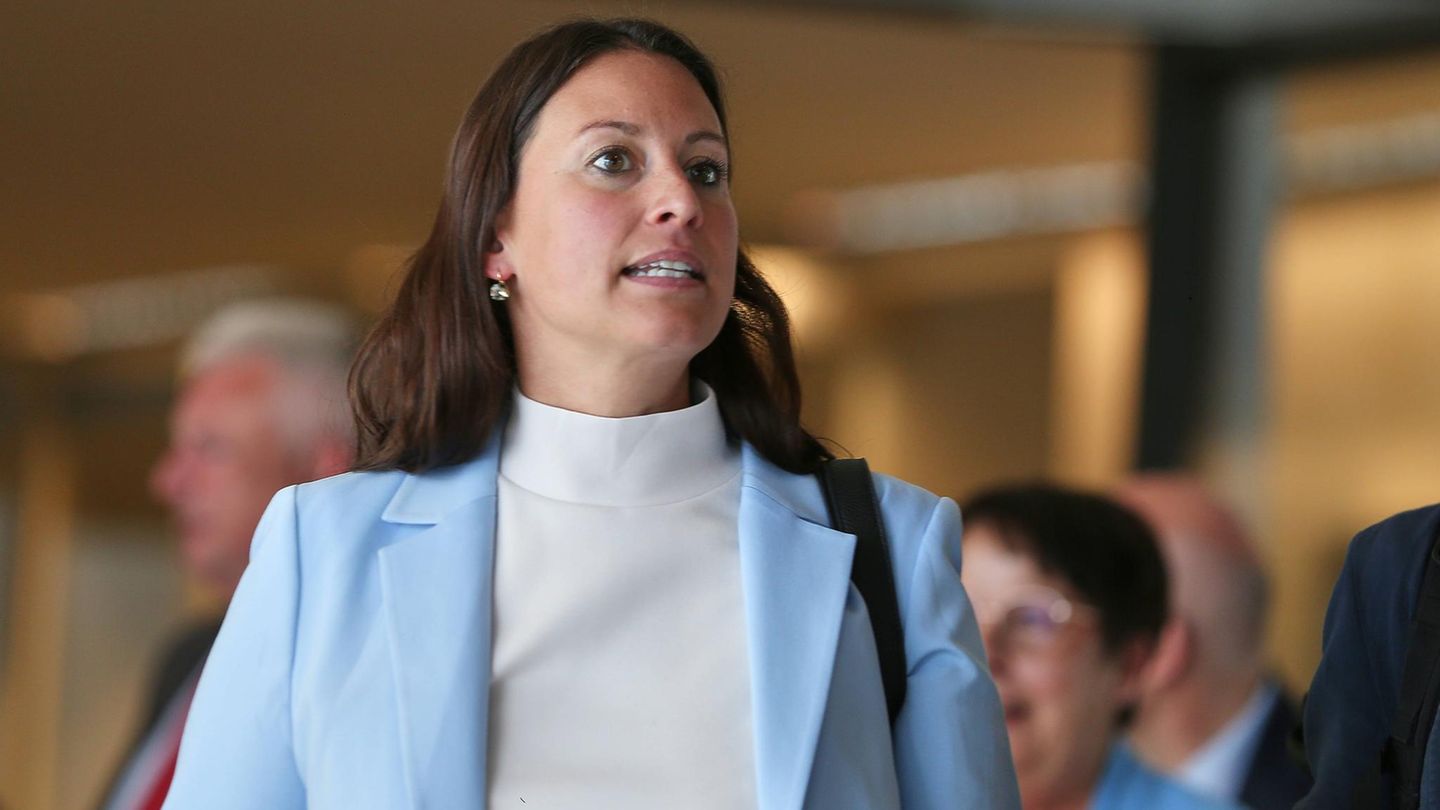This is the result of a data analysis carried out by OGM and APA. The most recent data are from the 2019/20 school year. The share in the new middle schools is particularly high (33.3 percent). At grammar schools it is 21 percent and at elementary schools 30.9 percent.
It cannot be deduced from this that they all have special needs or speak no German at all, as Johannes Klotz from OGM emphasizes. A different colloquial language often means that children grow up multilingual. In many cases, children indicate German as a second or third language.
Traun, Wels: More than 60 percent
Accordingly, in the bilingual areas of Carinthia and Burgenland, many elementary school students also state Slovene or Croatian as their first language.
If one disregards individual districts of Vienna, the municipality with the highest proportion of elementary school students in non-German colloquial language – Kittsee – is in Burgenland. In other municipalities, the numbers point to traces of labor migration from past decades – for example in Traun, Wels, Mattighofen, Attnang-Puchheim and Ansfelden with more than 60 percent non-German first language at elementary schools.




